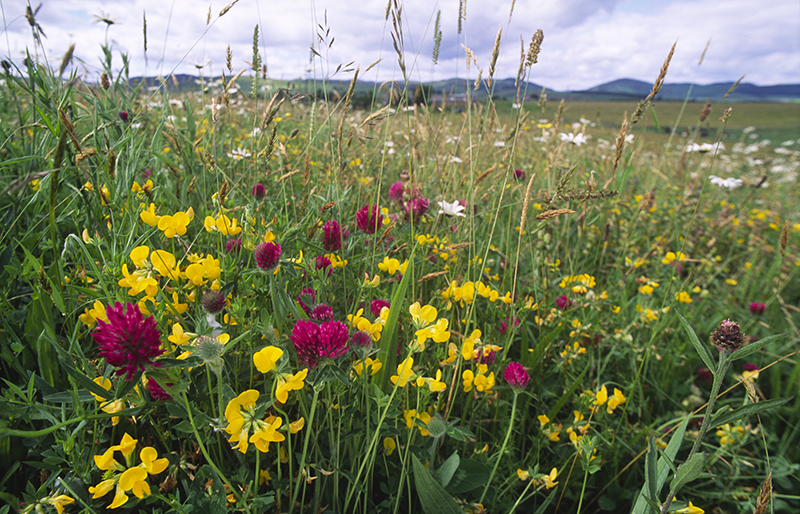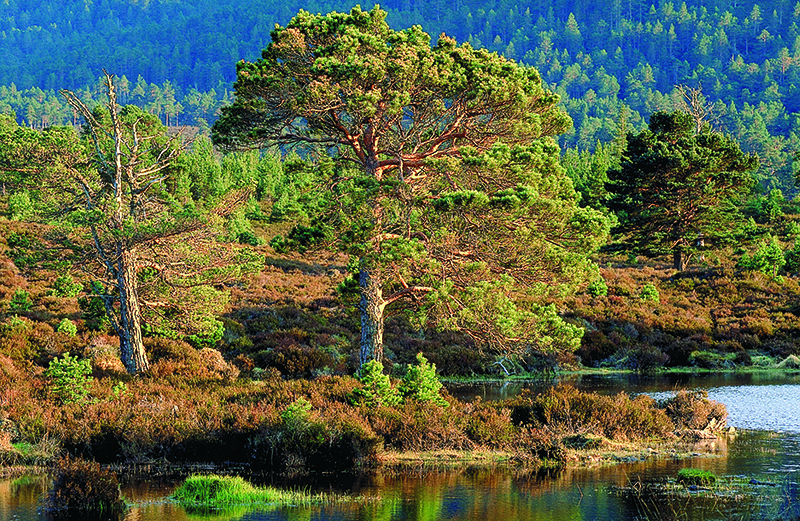What is it?
The European Nature Information System (EUNIS), includes a system of classifying habitats. Because this is largely standardised across Europe, EUNIS allows us to make comparisons with other countries and to coordinate research and conservation with them.
There are other widely used classifications, such as National Vegetation Classification (NVC), and the correspondence between them and EUNIS are explained in more detail in NatureScot commissioned report 766.
This map is at quite a high level and NatureScot is developing a more detailed terrestrial Habitat Map of Scotland (HabMoS), based on EUNIS, for the future management of the natural heritage. Habitat Map of Scotland map is available to view on this website.
Explore the data
View HabMoS EUNIS landcover data on Scotland's environment map
How do I interpret the data?
The map shows the wide diversity of land cover types across Scotland and at a local level, rather than its condition. This is useful to give a context for the other Ecosystem Health Indicators.
There is a general trend for a greater proportion of heathland (F) in the North and West and cultivated land (I) and grassland (E) in the East and South.
Woodland (G) is widely distributed across the Scottish mainland, in part reflecting government programmes targeting woodland expansion.
As might be expected of a country with an important industrial heritage, Scotland has many concentrations of constructed or industrial other land (J) but it should be noted that even in traditionally built-up areas, there are areas of grassland (E), woodland (G) and surface waters (C).
This data is also used as a base map for the Habitat Map of Scotland.
Who is responsible for this indicator?

This indicator is prepared by NatureScot
Adobe Acrobat Reader is the free, trusted leader for reliably viewing, annotating and signing PDFs.
Download Adobe Acrobat Reader




